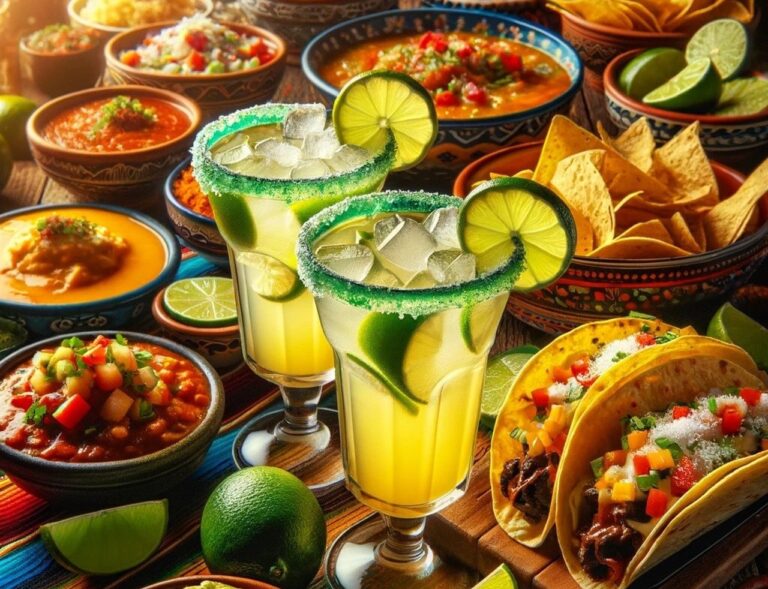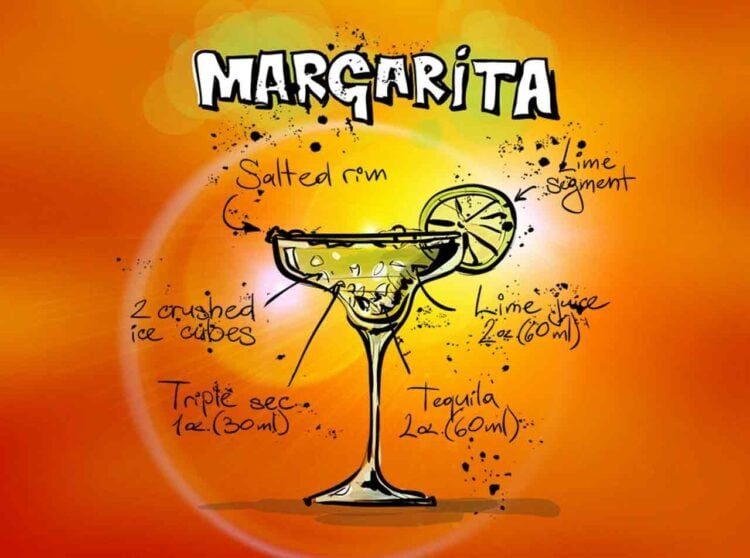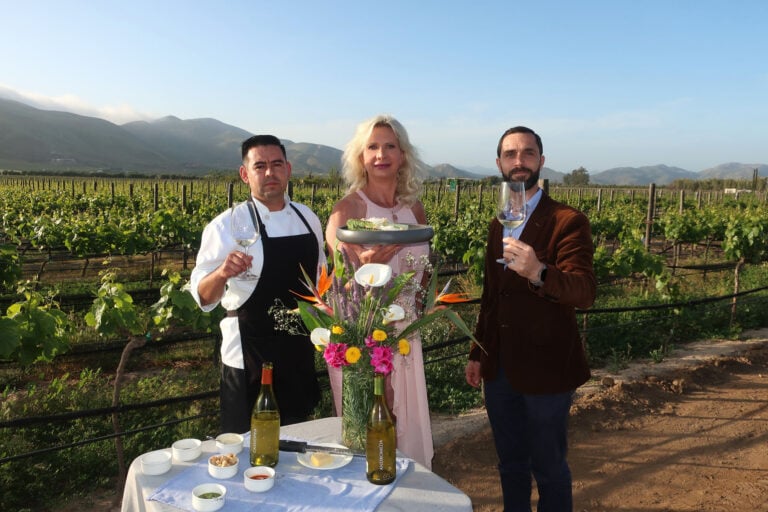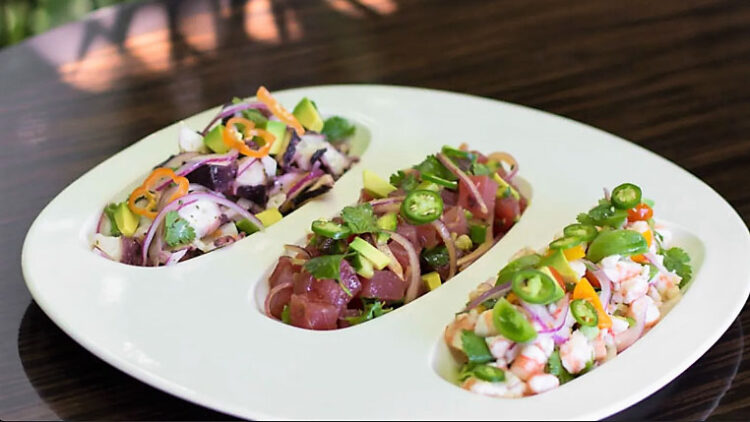Wine of the Week: Domaine Galuval, Le Coq Volant, Côtes du Rhône Village Blanc 2020 | Rhône Valley, France
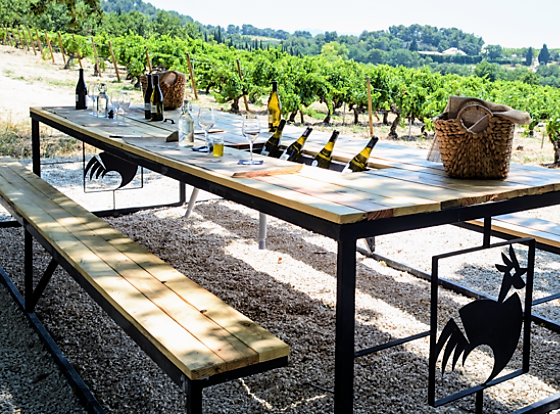
Côtes du Rhône | January 23, 2023
> ABOUT THE CÔTES DU RHÔNE APPELLATION
The Côtes du Rhône appellation covers much of the Rhône Valley, following the Rhône River from Vienne in the north past Avignon in the south and encompassing 171 different villages. Therefore, the region’s geography is exceptionally diverse, ranging from steep slopes to rolling hillsides.
Though the Côtes du Rhône AOC covers vineyards in both northern and southern Rhône, much of the production is concentrated in the south, with Avignon considered as its capital. Here, the Mediterranean climate creates hot, dry summers and mild, wet winters. During the growing season, rainfall is notoriously scarce, and the sun is abundant, supplying more than 2,800 hours of sunshine a year. Vines must contend with the fierce, northerly Mistral wind, but they also benefit from the Mistral’s drying effect, which lowers disease pressure and allows healthy grapes to ripen fully in the Rhône sun.
The Côtes du Rhône AOC was established around 1937, but that’s a blink of an eye compared to the region’s winemaking heritage. More than 2,000 years ago, the Greeks and then the Romans colonized the area, bringing their wine traditions to the region now known as the Rhône Valley. As early as 125 BC, the Romans established the city of Vienne and created terraces on the surrounding land, planting vines to protect them. Other cities, and their surrounding vineyards, were founded soon after.
Even after the fall of the Roman Empire, winemaking continued in the Rhône Valley over the following centuries. In 1309, Pope Clement V relocated the papacy to Avignon and planted papal vineyards, which successive popes expanded and championed. This served to raise both the quality and awareness of the wines, which would later be named Côtes du Rhône. When the papacy moved back to Rome in 1378, wines continued to be shipped to the Papal court in Italy.
In the 17th and 18th centuries, Côtes du Rhône wines were sold readily to both French and British consumers. The first regulations to ensure the authenticity and quality of these wines were introduced in 1650, followed by a 1737 royal decree that required all barrels to be designated with the letters “C.D.R.”
Although the southern Rhône was one of the first French regions hit by Cairanne clings to the summit of a rocky outcrop which looks out over vines that stretch as far as the eye can see. It is known as the “Belvédère of the Côtes du Rhône.” Numerous vestiges of an ancient Gallo-Roman villa have been discovered at Cairanne. The name of the Domaine Galuval estate is a reference to this heritage, associating two Latin words Gallus, for rooster, and Uva, for grape, resulting in Galuval: the rooster that is proud of its vines. Domaine de Galuval is one of the oldest wine-producing estates in Cairanne. It was founded in 1923 by the Marchal family, who pioneered a more qualitative approach by making and bottling their own wines.
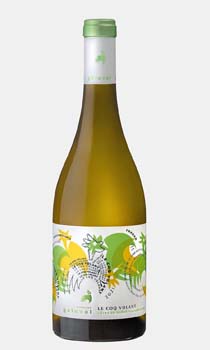
Origin: Rhône Valley, France
Varietals: 25% Grenache Blanc, 25% Viognier, 25% Roussanne, 25% Clairette
Sustainability: sustainable practices
Suggested retail price: $13.00
ABV: 13%
This white Côtes du Rhône displays a light straw yellow color and a bouquet of white flowers, lime zest and green apple. The palate reveals citrus fruit, quince, mandarin and a touch of spice and mineral, all wrapped in mouthwatering acidity and persistent freshness.
Suggested food pairings: seafood, salads, charcuterie, fish, poultry, pork, creamed vegetables, cheeses.
> For more information, visit the Domaine Galuval official website

